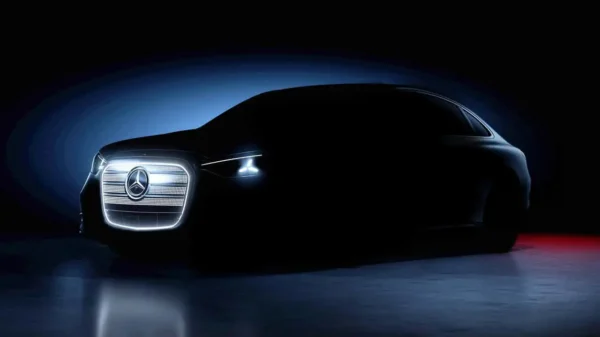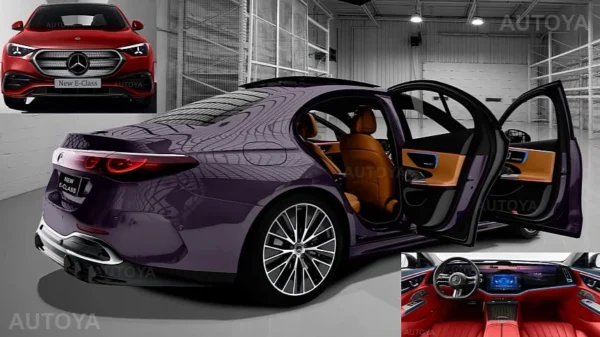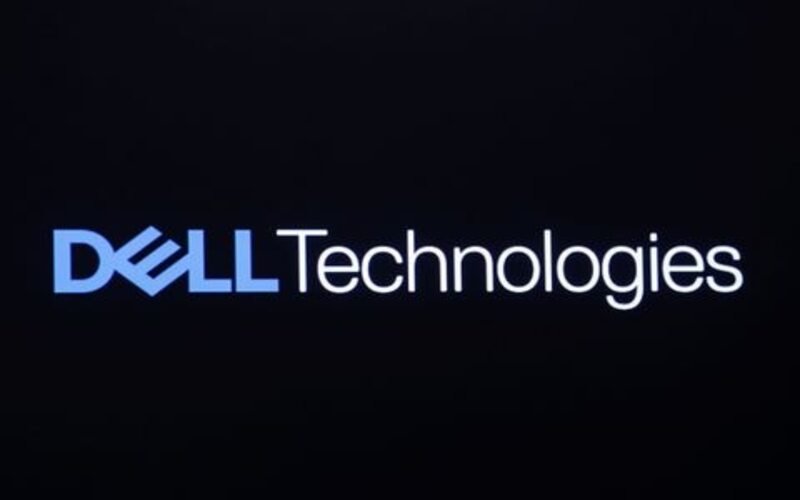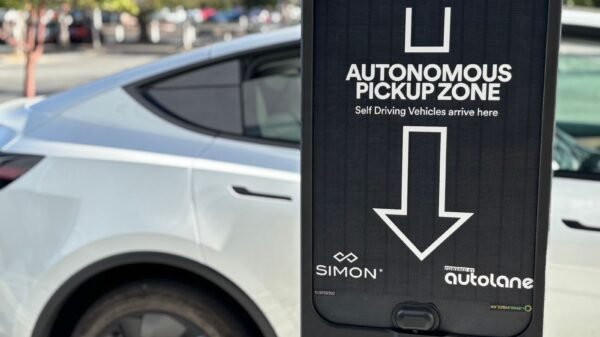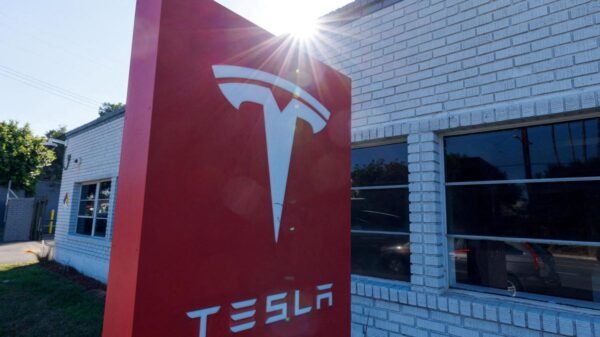In the era of electric vehicles (EVs), the convenience of home charging has become a significant advantage for EV owners. Waking up to a fully charged battery every morning is a luxury that eliminates the need for frequent trips to gas stations. If you’re considering installing a home charger for your EV, there are several important factors to keep in mind to ensure a seamless charging experience. In this comprehensive guide, we’ll explore six key considerations to help you make an informed decision and maximize the benefits of home charging.
Level 1 vs. Level 2 Chargers: Understanding the Difference
When it comes to home charging, you’ll encounter the terms Level 1 and Level 2 chargers. Level 1 chargers are designed to work with standard 120V outlets commonly found in North American homes. They provide a charging rate of approximately four to five miles of range per hour, making them suitable for overnight charging. On the other hand, Level 2 chargers operate at 220-240V and offer significantly faster charging speeds. With a Level 2 charger, you can add 50 or more miles of range per hour connected, depending on the charger’s power output and your EV’s capabilities.
While Level 1 chargers are convenient for their compatibility with standard outlets, most EV owners prefer Level 2 chargers for their faster charging speeds and efficiency. It’s important to note that different Level 2 chargers vary in power outputs, measured in kilowatts (kW), which can range from 3.6 kW to 19.2 kW. However, not all EV models can support the highest kilowatt figures, with 9.6 kW being a common level of support among current EVs.
Amps: Determining Charging Speed and Compatibility

Photo:
HeatELEC
Apart from voltage, amperage plays a crucial role in determining the charging speed of your EV on a Level 2 charger. The amperage capacity depends on both the charger hardware and the wiring in your home. To ensure optimal charging performance, it’s essential to have the right amperage support.
When selecting a charger, consider the amperage rating of the circuit you’ll connect the charger to. The circuit’s amperage should be able to handle the maximum amperage the charger will draw, with an additional 25% headroom to comply with safety regulations. Different breaker sizes, such as 20A, 30A, or 50A, correspond to different charging capacities.
For instance, if you have a 20A breaker, the maximum amperage you can use is 16A, which will add approximately 10 to 12 miles of range per hour. A 30A breaker can handle a 24A charger, while a 50A breaker can support a 40A charger. Most Level 2 home chargers offer a maximum charging capacity of 50A or 80A, allowing for charging rates of over 50 miles of range per hour, depending on your vehicle.
Professional Electrician Installation: Ensuring Safety and Compliance

Photo:
Mercedes-Benz of Fresno
While it may be tempting to tackle the installation of a home charger on your own, it’s highly recommended to hire a professional electrician for this task. Electrical work can be complex and potentially hazardous, and improper installation could lead to safety risks or damage to your EV.
When selecting an electrician, look for one with experience in EV charger installations and familiarity with the specific charger model you plan to install. Ensure they are certified and have a good reputation for their work. By hiring a professional, you can have peace of mind knowing that your home charger will be installed safely, meeting all safety standards and code requirements.
Choosing the Right Home Charger: Considerations and Features
Selecting the right home charger is crucial for optimal charging performance and compatibility with your EV. Here are some key considerations and features to keep in mind when choosing a home charger:
- Charging Speed: Assess your daily driving habits and range requirements to determine the charging speed you need. Consider the power output (kW) of the charger and ensure it aligns with your EV’s capabilities.
- Connector Type: Check the connector type required by your EV. The most common connector is the J1772 standard, but some EVs, particularly Tesla models, may require specific connectors.
- Charger Features: Consider additional features such as Wi-Fi connectivity, smart charging capabilities, energy monitoring, and mobile apps for remote control and monitoring. These features can enhance your charging experience and provide convenient management options.
- Brand and Quality: Choose chargers from reputable brands known for their quality and reliability. Look for chargers that have undergone certification and meet safety standards.
- Installation Requirements: Evaluate the installation requirements and compatibility of the charger with your electrical system. Determine if any additional electrical upgrades or modifications are necessary and consider the overall cost of installation.
The Installation Process: Steps and Considerations
Installing a home charger typically involves several steps and considerations. Here’s an overview of the installation process:
- Electrical Assessment: A professional electrician will assess your home’s electrical system and capacity to ensure it can support the charger installation. They will also determine the best location for the charger, considering factors such as accessibility and cable length.
- Permits and Approvals: Depending on your location, obtaining permits and approvals from local authorities may be necessary. Your electrician will handle the permit application process and ensure compliance with regulations.
- Electrical Upgrades: In some cases, electrical upgrades may be required to accommodate the charger’s power requirements. This may involve upgrading the electrical panel, adding dedicated circuits, or improving the wiring infrastructure.
- Charger Mounting: The electrician will securely mount the charger on the wall or an appropriate surface, ensuring proper cable management and strain relief.
- Wiring and Connections: The electrical wiring will be routed from the electrical panel to the charger location, following code requirements and safety guidelines. The charger will be connected to the electrical supply, and all connections will be properly secured.
- Testing and Verification: Once the installation is complete, the electrician will perform thorough testing to ensure the charger is functioning correctly and safely. They will verify the charging speed, check for any electrical issues, and provide a demonstration of how to use the charger.
Enjoying the Benefits of Home Charging: Convenience and Cost Savings
Installing a home charger for your EV offers numerous benefits that enhance your EV ownership experience:
- Cost Savings: Charging your EV at home is generally more cost-effective compared to using public charging stations, especially if you take advantage of off-peak electricity rates.
- Convenience: With a home charger, you can conveniently charge your EV overnight, ensuring a full battery each morning without the need for frequent visits to public charging stations.
- Customizable Charging Schedule: Having a home charger allows you to customize your charging schedule to suit your specific needs. You can take advantage of time-of-use electricity plans and optimize charging during periods of lower electricity rates.
- Long-Term Investment: Installing a home charger adds value to your property, making it more appealing to potential buyers if you decide to sell in the future. It also future-proofs your home for potential EV upgrades or new EV purchases.
By considering these key factors and making informed choices, you can confidently install a home charger for your electric vehicle. Home charging offers the convenience, cost savings, and flexibility that maximize the benefits of owning an EV. Embrace the future of transportation with a home charging solution tailored to your needs.


























